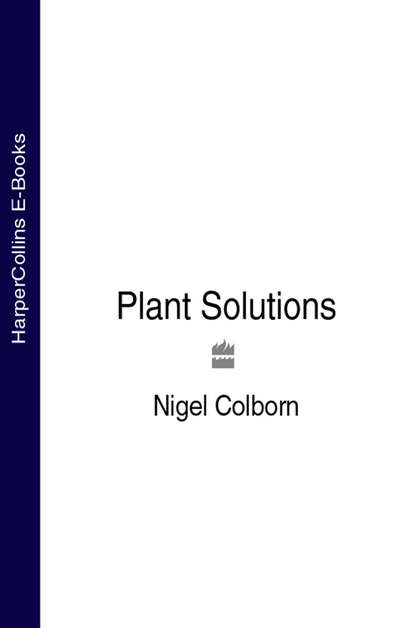По всем вопросам обращайтесь на: info@litportal.ru
(©) 2003-2024.
✖
Plant Solutions
Настройки чтения
Размер шрифта
Высота строк
Поля
Bedding for sustainable growing
Viola
Violas Perennials
Mat-forming perennials with compact foliage and a constant succession of flowers, many of which are marked with face-like features. Garden violas are almost constantly in bloom with colours similar in range to pansies with many being bicoloured, plain or picotee. Varieties include ‘Ardross Gem’, ‘Irish Molly’ and ‘Martin’. Seed series include ‘Baby Face’, ‘Gemini Twins’ and ‘Sorbet’.
Soil preference: Any, well-drained, not too dry
Aspect: Sun or part shade
Season of interest: Year round
Height and spread: Up to 20cm × 30cm (8in × 1ft)
Companion plants: Universally loved and useful almost anywhere. New seed series of small flowered violas are superseding bigger flowered pansies because they can bloom throughout the year. Violas and pansies look good with almost any other garden plant.
Geranium pratense
Meadow Cranesbill Perennial
Raise from seed sown in autumn to provide flowers the following summer. Decorative foliage is divided with first flower stems developing in early summer producing bright blue flowers. Cut hard back to provide a second flush in late summer. There is a pure white form, and ‘Mrs Kendall Clark’ has pale slate-blue flowers.
Soil preference: Any
Aspect: Sun
Season of interest: Summer and autumn
Height and spread: 1m × 60cm (3ft 3in × 2ft)
Companion plants: Wild bedding is an unusual but exciting concept. Try this cranesbill with ox eye daisies (Leucanthemum vulgare) and with annual grasses such as Briza maxima or Lagurus ovata for a soft, meadow effect.
Aquilegia
Granny’s Bonnets, Columbine Perennials
Sustainable bedding. Seed series of big, showy columbines are popular as bedding plants. Sown in spring, they will produce plenty of flower the following year and can be planted in situ in autumn. The ‘Songbird series’ have big, long-spurred blooms in red, blue, yellow and creamy white, which also make good container plants and can even be used for early conservatory displays.
Soil preference: Any, preferably fertile
Aspect: Sun, part-shade
Season of interest: Spring, early summer
Height and spread: Variable from dwarf to 1m (3ft 3in)
Companion plants: Best on their own in a bedding scheme, but beautiful if dotted among perennials or shrubs in a mixed border, or grown in containers.
Bedding for attracting wildlife (#ulink_e67c6e19-c58e-50f9-b885-89e52e783936)
Verbena bonariensis
Purple Top, Tall Verbena Short-lived, marginally hardy perennial
Tall stems, sparsely furnished with narrow, dark green leaves are topped, through summer, by dense bunches of tiny bright purple blooms. The stems are so thin and the leaves so few that the flowers seem suspended by invisible supports. Attractive to butterflies and a wide range of insects. A prolific self-seeder.
Soil preference: Any, even very dry
Aspect: Full sun
Season of interest: Summer, autumn.
Height and spread: 2m × 30cm (6ft 6in × 1ft)
Companion plants: Most effective when used to create an extra, ephemeral layer of bedding above more moderately sized plants such as bedding dahlias, pelargoniums or petunias.
Gaillardia hybrids
Blanket Flower; Fire Wheel Hardy perennials
Brilliantly coloured, daisy flowers with hot coloured outer rays and raised, furry central ‘cones’ are produced throughout summer. Typical flower colours are red and yellow, as in the old variety ‘Kobold’; ‘Burgunder’ is red and ‘Dazzler’, a shorter-stemmed variety. Divide or propagate from root cuttings frequently, since these perennials are short-lived. Loved by butterflies and bees.
Soil preference: Any free-draining
Aspect: Sun
Season of interest: Summer, autumn
Height and spread: Variable from dwarf to 60cm × 75cm (2ft × 2ft 6in)
Companion plants: For a hot effect, gaillardias mix well with annual varieties of Rudbeckia, such as ‘Marmalade’ or ‘Rustic Dwarfs’, whose flowers will continue long into autumn. Besides bedding, they also work well in mixed or herbaceous borders.
Nicotiana x sanderae
Tobacco Plant Half hardy annual
Bold perennial with large, oval, sticky leaves and branched stems bearing narrow-necked, trumpet-shaped flowers. Blooms on scented varieties wilt by day, but perk up at dusk and produce a rich fragrance. Best scented varieties are ‘Fragrant Cloud’ or ‘Evening Fragrance Mixed’. Decorative, non-scented kinds include ‘Domino’ and ‘Nikki’ series in pastel pink hues, and red, pink, cream or white. Particularly attractive to bees and moths.
Soil preference: Any
Aspect: Sun or part shade
Season of interest: Summer
Height and spread: Variable to 1m × 75cm (3ft 3in × 2ft 6in)
Companion plants: Coloured varieties call for strong foliage contrasts from silvery plants such as Centaurea cineraria or a filigree-leaved Artemisia. Scented kinds are good with the huge Nicotiana sylvestris.





